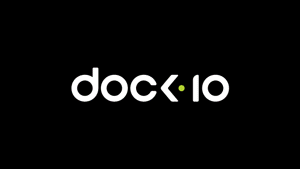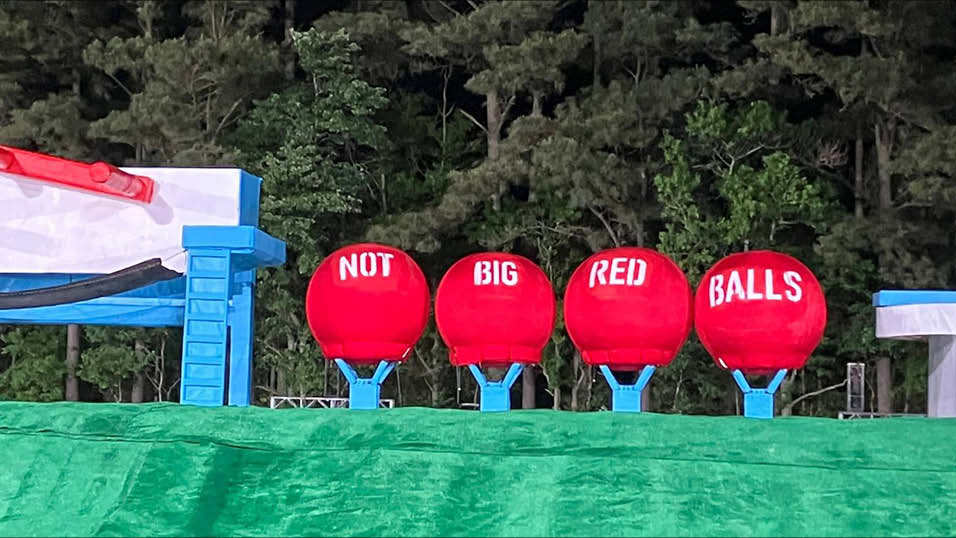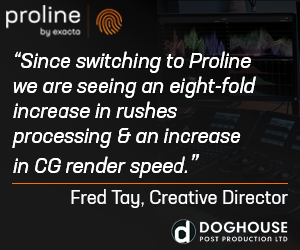Since it hit the cinemas in July last year, Barbie has continued to dominate the global film awards and (on the day of publishing) currently has a total of 137 wins and 393 nominations.
Among the talented and award-winning team is Yvan Lucas, colourist at Company 3 in LA, who was responsible for the unique look of the movie.
Sponsored by FilmLight
Lucas worked closely with director Greta Gerwig and cinematographer Rodrigo Prieto to create the perfect “BarbieLand look” for the critically acclaimed summer blockbuster.
Before the shoot, the trio created a LUT at Company 3, using The Umbrellas of Cherbourg, a Jacques Demy film from 1964, as one of several visual references. For Gerwig, it was important that the skin tones in ‘BarbieLand’ were pastel and not too saturated, but everything else about the shots needed to be full of pinks, turquoises, and the other colours that would eventually help define the film’s unique look.
“We wanted everyone who saw the rushes to have an idea of where the colours would end up in the final film,” explains Lucas of the extended LUT development process. “Our look was set by a LUT we developed that would allow me to grab hold of specific hues and drive them towards the ‘BarbieLand’ colours. Then this was combined in part with a LUT based on the old three-strip Technicolor process and a third, based on Kodak film negative, even though Rodrigo shot digitally. By grading through these LUTs, we were able to bring out those ‘BarbieLand’ colours in a very special way.”
One of the key challenges for Lucas when in developing this LUT was to achieve the vivid colours of ‘BarbieLand’ – the pinks, reds and blues – while keeping the skin tones pastel.

“Usually, when you change colour,” he notes, “you use a hue shift adjustment and push the reds, yellows, etc, and you can make everything more saturated. The problem is that when you select a certain hue, you’ll often also grab onto some of the skin tones. For this film, we asked a friend who is brilliant at this type of thing to create a special plug-in, which allowed us to move the colour in the direction we wanted – so, for example, we could push the reds, blues and pinks – without affecting the skin tones at all. Since that time, the major colour correctors have similar technology but at that time, it was this plug-in that enabled us to be so specific with our ‘BarbieLand’ LUT.”
The scenes on Venice Beach also brought their own challenges for Lucas during the grade. Thanks to California’s famous ‘June gloom’, they had to shoot in overcast weather conditions, so amongst the vivid colours of ‘BarbieLand’, the scenes appeared a bit dull and lacking in colour.
“We had to work with a lot of secondary adjustments – mainly keyers – to essentially ‘repaint’ that scene,” explains Lucas of the grading process.
For his work on Barbie, Lucas took home a 2023 FilmLight Colour Award, for the grading of a theatrical feature.
“I have never submitted my work to any jury before Barbie, and, without wanting to seem uninterested, I was quite content to remain in the shadow of the director of photography,” commented Lucas from the awards ceremony at EnergaCAMERIMAGE in November. “However, this movie changed everything. Everyone was talking about the film’s colours, and I thought this incredible journey was something that should be shared.”
Lucas closed his thank you speech by saying: “Barbie has been one of the best experiences of my life. Thank you again and now I will return to the shadows.”
For more on Yvan Lucas’ work, as well as the other 2023 FilmLight Colour Award winners and their creative journeys, visit:
Jon Creamer
Share this story


















